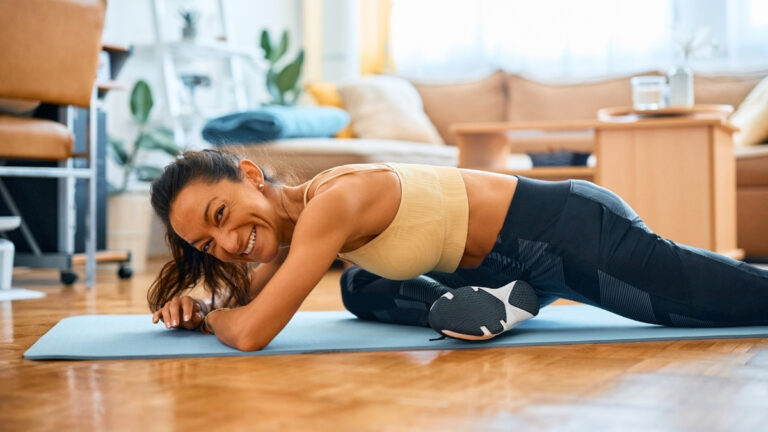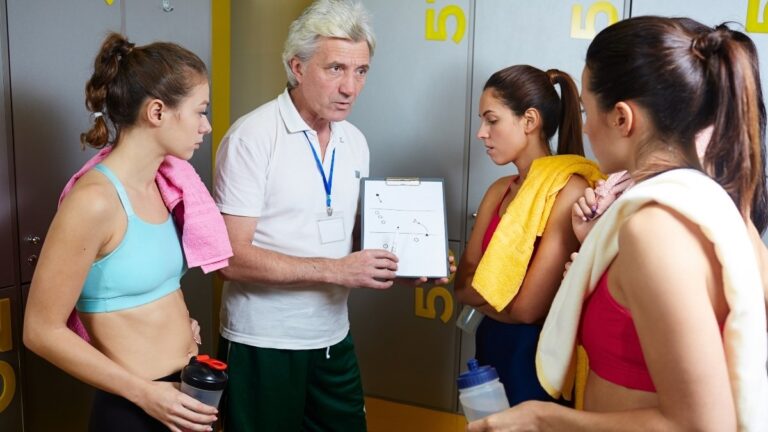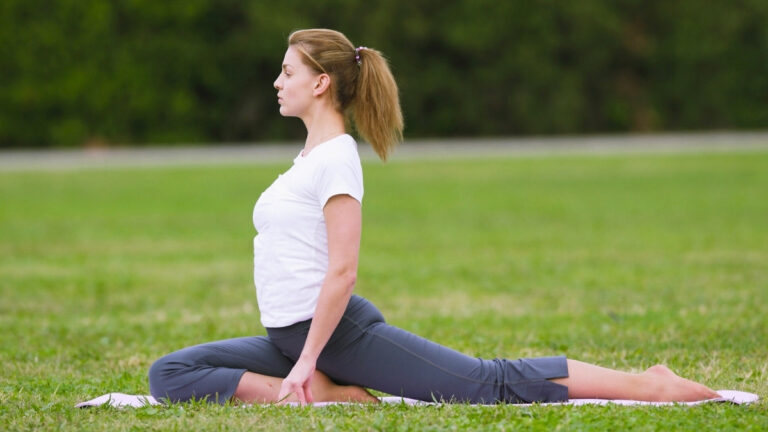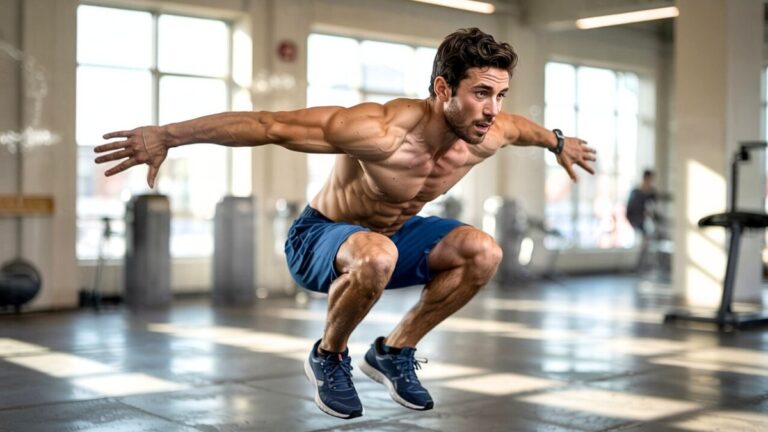Why Your 60-Year-Old Neighbor is Fitter Than Your 30-Year-Old Self (The ‘Slow Fitness’ Hack!)

You “feel out of shape,” you’re tired, or you’re constantly sore, despite being half your neighbor’s age? You hit the gym three times a week, follow the latest fitness trends, and push yourself to exhaustion. Yet your 60-year-old neighbor who “just walks” has more energy, better posture, and fewer aches than you do.
While you’re nursing pulled muscles and skipping workouts due to burnout, she’s consistently active and genuinely enjoys her routine. This frustrating reality challenges everything you believe about fitness and age.
The answer lies in “slow fitness” – a sustainable approach that prioritizes consistency over intensity. Your neighbor has discovered what fitness influencers won’t tell you: daily 20-minute activities outperform sporadic high-intensity sessions.
Her secret isn’t superior genetics or endless time. It’s understanding that small, consistent actions create lasting results while trendy workouts often lead to injury and abandonment.
‘Lifestyle Integration’
Fit older adults tend to integrate movement throughout their day rather than relying solely on gym sessions. They garden, take stairs, walk for errands, and maintain active hobbies. This creates a naturally higher baseline activity level compared to younger adults who might exercise intensely but remain sedentary otherwise.
The Consistency Advantage
Your 60-year-old neighbor doesn’t hit the gym three times a week. She walks every morning at 7 AM, rain or shine. This simple habit burns more calories monthly than your weekend warrior approach. Small actions compound over time.
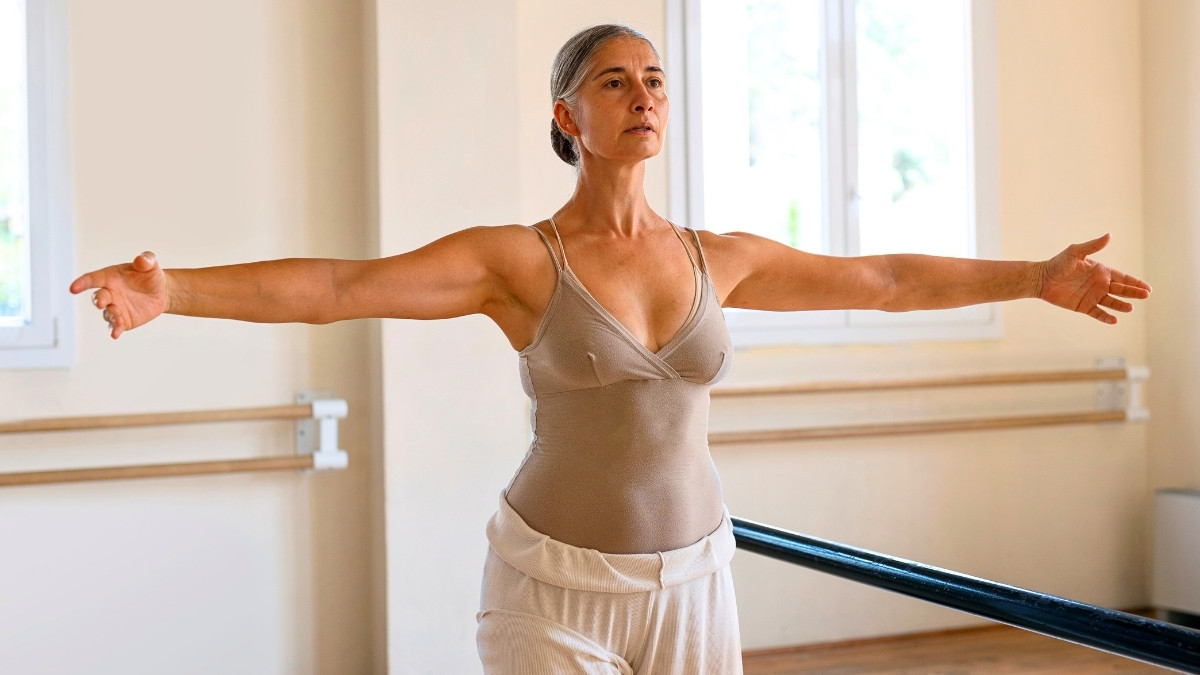
A daily 20-minute walk equals 121 hours of movement yearly. Meanwhile, sporadic gym sessions often lead to injury and burnout. Consistency builds habits that stick for decades, not months.
Tips:
- How to perform: Start with 10 minutes daily, same time each morning, and gradually increase duration
- Track your streaks: Use a simple calendar to mark successful days and aim for 80% completion monthly
- Weather backup plan: Have indoor alternatives like stair climbing or hallway walking ready
Tai Chi for Balance and Strength
Slow movements create powerful results. Tai Chi practitioners in their 70s often show better balance than athletes half their age. This ancient art strengthens stabilizing muscles that gym machines ignore.

Each flowing motion engages multiple muscle groups simultaneously. Research shows Tai Chi reduces fall risk by 45% in older adults. The gentle nature prevents injury while building real-world strength. Your Instagram-worthy gym selfies can’t compete with functional fitness that lasts.
Tips:
- How to perform: Begin with basic “Wave Hands Like Clouds” movement, shifting weight slowly between feet
- Focus on breathing: Coordinate deep belly breathing with each movement to enhance mind-body connection
- Practice balance: Stand on one foot for 30 seconds daily to improve stability and prevent falls
The Recovery Revolution
Sleep beats supplements every time. Your neighbor gets eight hours nightly while you survive on five. Recovery happens during rest, not during workouts. Muscle growth, hormone regulation, and mental clarity all improve with adequate sleep.

Older adults often prioritize rest because they understand its value. Overtraining leads to plateau and injury. Smart recovery includes scheduled rest days and proper sleep hygiene. Your body adapts during downtime, not during exercise.
Tips:
- How to perform: Establish a consistent bedtime routine with electronics off 1 hour before sleep
- Schedule rest days: Plan 2-3 complete rest days weekly to allow muscle recovery and prevent burnout
- Listen to your body: Stop exercising when you feel excessive fatigue or joint pain
“These are some exercises that you must do to stay healthy”
Swimming: The Ultimate Low-Impact Powerhouse
Water provides resistance without joint stress. Your neighbor’s weekly pool sessions build cardiovascular endurance while protecting aging joints. Swimming engages 85% of body muscles compared to running’s 70%. The buoyancy reduces body weight impact by 90%.

Older swimmers often maintain fitness levels that younger people envy. Water temperature also provides therapeutic benefits for arthritis and muscle tension. Each stroke builds strength while improving flexibility naturally.
Tips:
- How to perform: Start with 10-15 minutes of easy freestyle, focusing on smooth breathing patterns
- Mix stroke types: Alternate between backstroke, breaststroke, and freestyle to work different muscle groups
- Use pool accessories: Add kickboards or pool noodles for variety and targeted muscle training
The Compound Movement Philosophy
Functional movements win over isolation exercises. Your neighbor rakes leaves, carries groceries, and climbs stairs daily. These activities use multiple joints and muscle groups together. Compound exercises like squats and deadlifts mirror real-life movements. They build strength that transfers to daily activities.
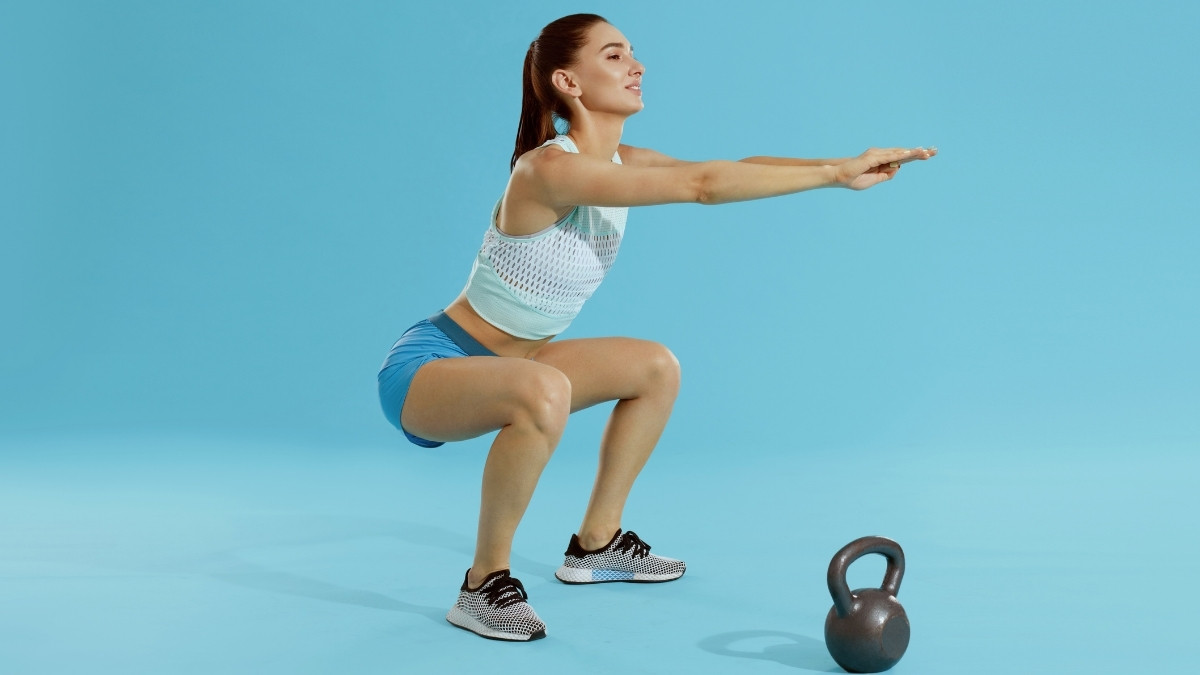
Isolation exercises create muscle imbalances and limited functionality. Older adults naturally perform compound movements through household tasks. This approach builds usable strength, not just mirror muscles.
Tips:
- How to perform: Master bodyweight squats first, then add weight gradually while maintaining proper form
- Focus on daily tasks: Practice movements like getting up from chairs without using hands
- Progressive loading: Increase difficulty by adding resistance bands or light weights to familiar movements
Yoga for Flexibility and Mental Clarity
Flexibility decreases 1% annually after age 30. Your neighbor’s yoga practice maintains mobility that you’ve already lost. Yoga combines stretching with strength training and stress reduction. The poses improve balance, coordination, and mental focus simultaneously.

Breathing techniques lower cortisol levels naturally. Regular practice prevents the stiffness that plagues sedentary lifestyles. Mind-body connection develops through consistent practice. This ancient system addresses fitness holistically, not just physically.
Tips:
- How to perform: Begin with basic poses like Mountain Pose and Child’s Pose, holding each for 30 seconds
- Morning routine: Practice 5-10 minutes of gentle stretching upon waking to improve daily mobility
- Breathing focus: Use 4-7-8 breathing pattern (inhale 4, hold 7, exhale 8) to reduce stress and improve focus
Resistance Band Training for Seniors
Elastic resistance builds strength without joint compression. Your neighbor’s band workouts provide variable resistance that machines cannot match. Bands accommodate natural movement patterns better than fixed weights. They’re portable, affordable, and safe for home use.
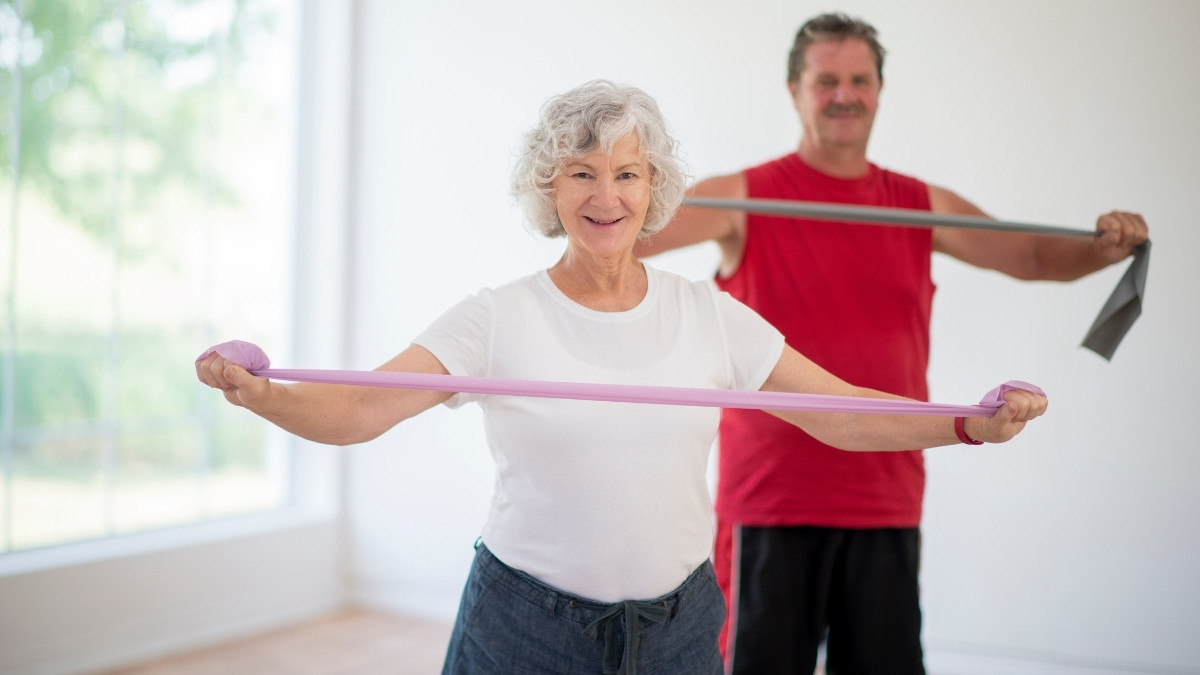
The elastic tension increases muscle activation throughout the entire range of motion. Older adults prefer bands because they reduce injury risk while building functional strength. This equipment travels anywhere and requires minimal storage space.
Tips:
- How to perform: Start with light resistance bands, performing 10-15 repetitions of basic exercises like bicep curls
- Full body circuits: Combine upper and lower body exercises for efficient 20-minute workouts
- Progressive resistance: Use different band tensions or adjust grip position to increase difficulty gradually
The Patience Principle
Slow progress beats quick burnout every time. Your neighbor has been increasing her walking distance by just 5% weekly for the past two years. This approach builds lasting strength without overwhelming the body. Quick fixes promise dramatic results but deliver temporary changes.

Progressive overload means gradual increases in intensity, duration, or resistance. Older adults understand that fitness is a marathon, not a sprint. Their bodies adapt steadily to small challenges. Patience creates sustainable habits that compound over decades.
Tips:
- How to perform: Increase workout intensity by only 5-10% each week to avoid injury and maintain consistency
- Track small wins: Record weekly improvements in reps, distance, or time to see gradual progress
- Celebrate milestones: Acknowledge every month of consistent effort rather than focusing on dramatic transformations
Walking Groups and Hiking Benefits
Nature provides the best gym membership. Your neighbor’s hiking group explores new trails every Saturday morning. This cardio workout burns 300-500 calories per hour without feeling like exercise. Fresh air and changing scenery make time pass quickly. Hills and uneven terrain challenge different muscle groups naturally.
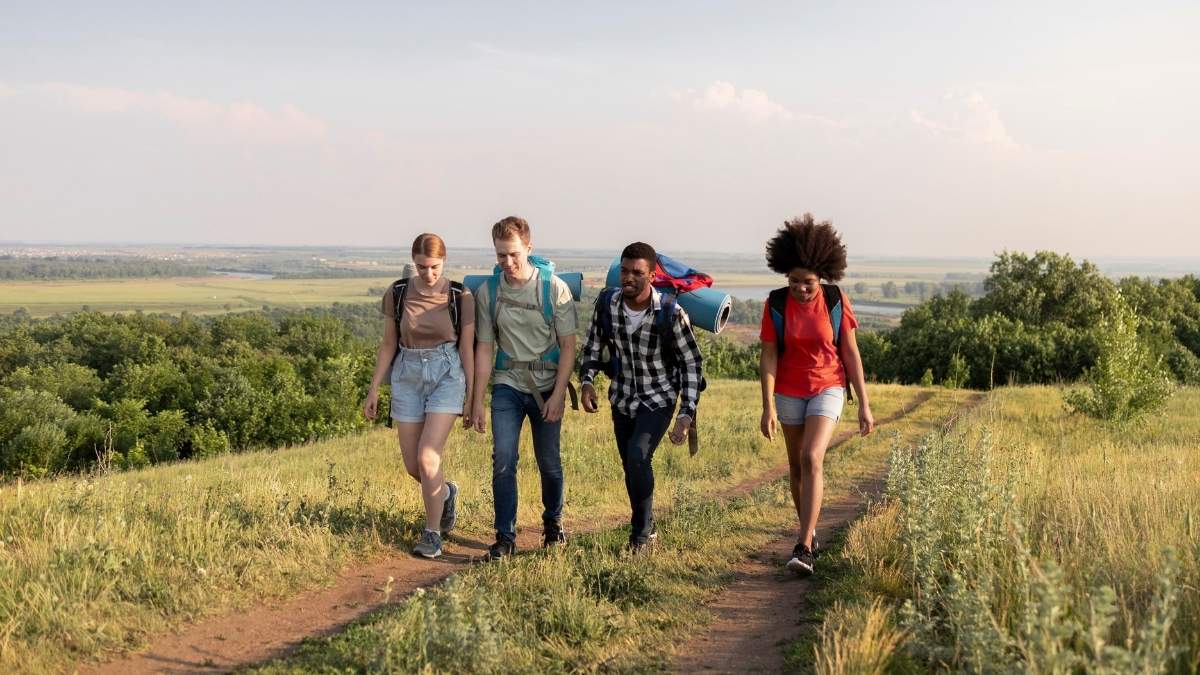
Group dynamics create accountability and motivation. Hiking builds leg strength, improves balance, and enhances mental health simultaneously. The social element transforms exercise from obligation into adventure.
Tips:
- How to perform: Start with flat, well-marked trails of 1-2 miles and gradually increase distance and elevation
- Proper footwear: Invest in supportive hiking shoes or boots to prevent ankle injuries and improve traction
- Safety planning: Carry water, snacks, and a fully charged phone while informing someone of your route
The Stress Management Secret
Lower stress levels create better fitness results. Your neighbor’s cortisol levels have naturally decreased with age and wisdom. Chronic stress blocks muscle growth and increases fat storage, especially around the midsection. Older adults often have better stress management skills through life experience.
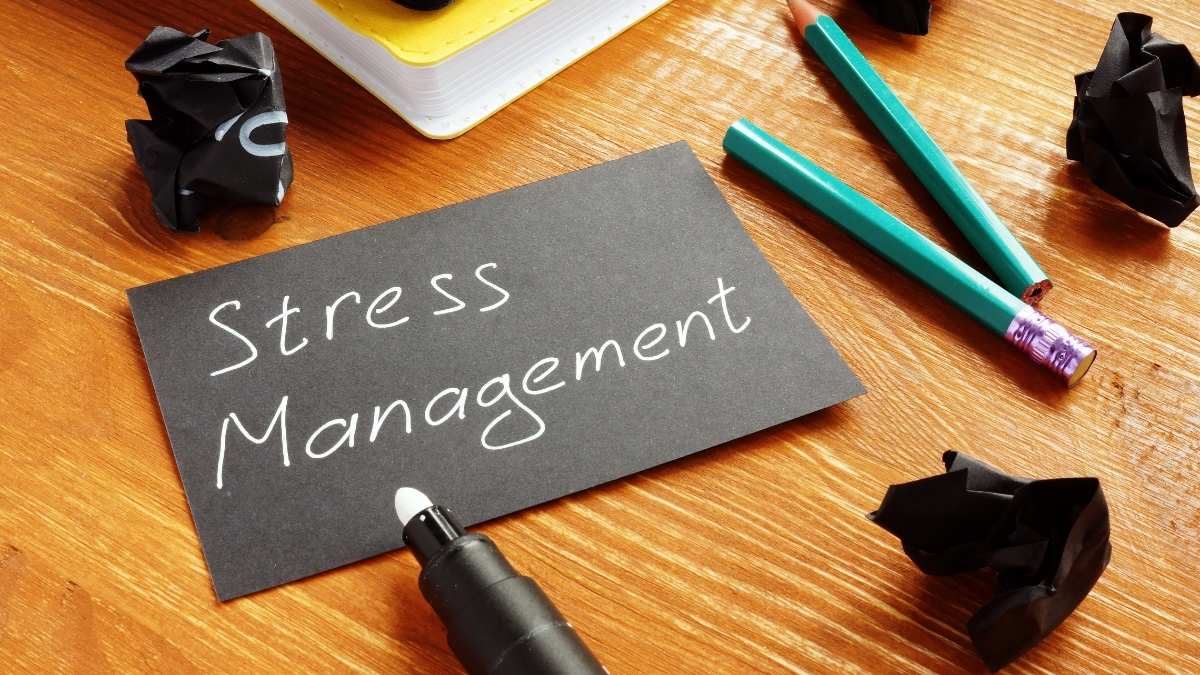
They prioritize sleep, maintain routines, and avoid unnecessary drama. High cortisol interferes with recovery and immune function. Stress reduction techniques become more effective with practice. This hormonal advantage helps explain why older adults see better results from moderate exercise.
Tips:
- How to perform: Practice deep breathing exercises for 5 minutes daily, focusing on slow exhales
- Routine establishment: Create consistent daily schedules that reduce decision fatigue and unexpected stressors
- Boundary setting: Learn to say no to commitments that drain energy without providing meaningful benefits
Bodyweight Exercises for Functional Strength
Machines cannot replicate real-world movements. Your neighbor’s daily routine includes push-ups, squats, and planks that build strength for everyday activities. Bodyweight exercises engage stabilizing muscles that machines ignore. They improve coordination, balance, and proprioception simultaneously.

No equipment means no excuses for missed workouts. These movements scale easily from beginner to advanced levels. Functional strength transfers directly to daily tasks like lifting groceries or climbing stairs. Free weights and bodyweight training create more athletic, capable bodies.
Tips:
- How to perform: Master basic push-ups from knees first, then progress to full push-ups on toes
- Daily integration: Perform squats while brushing teeth or planks during TV commercial breaks
- Progression tracking: Add 1-2 repetitions weekly or increase hold times by 5-10 seconds for planks
The Nutrition Wisdom
Life experience teaches better food choices. Your neighbor has tried every diet trend and learned what actually works. She focuses on whole foods, proper portions, and consistent meal timing. Decades of cooking develop intuitive portion control skills. Older adults often eat slower, allowing satiety signals to register properly.

They understand that nutrition supports fitness goals more than any supplement. Processed foods lose appeal when you understand their long-term effects. Simple, traditional eating patterns often prove most sustainable and effective.
Tips:
- How to perform: Fill half your plate with vegetables, one quarter with protein, and one quarter with complex carbs
- Mindful eating: Chew each bite 20-30 times and put utensils down between bites to improve digestion
- Meal preparation: Cook larger batches on weekends to ensure healthy options are always available
Chair Exercises for Mobility
Physical limitations need not stop fitness progress. Your neighbor with arthritis maintains strength through chair-based workouts. Seated exercises provide stability while targeting major muscle groups. These movements improve circulation, flexibility, and muscle tone safely.
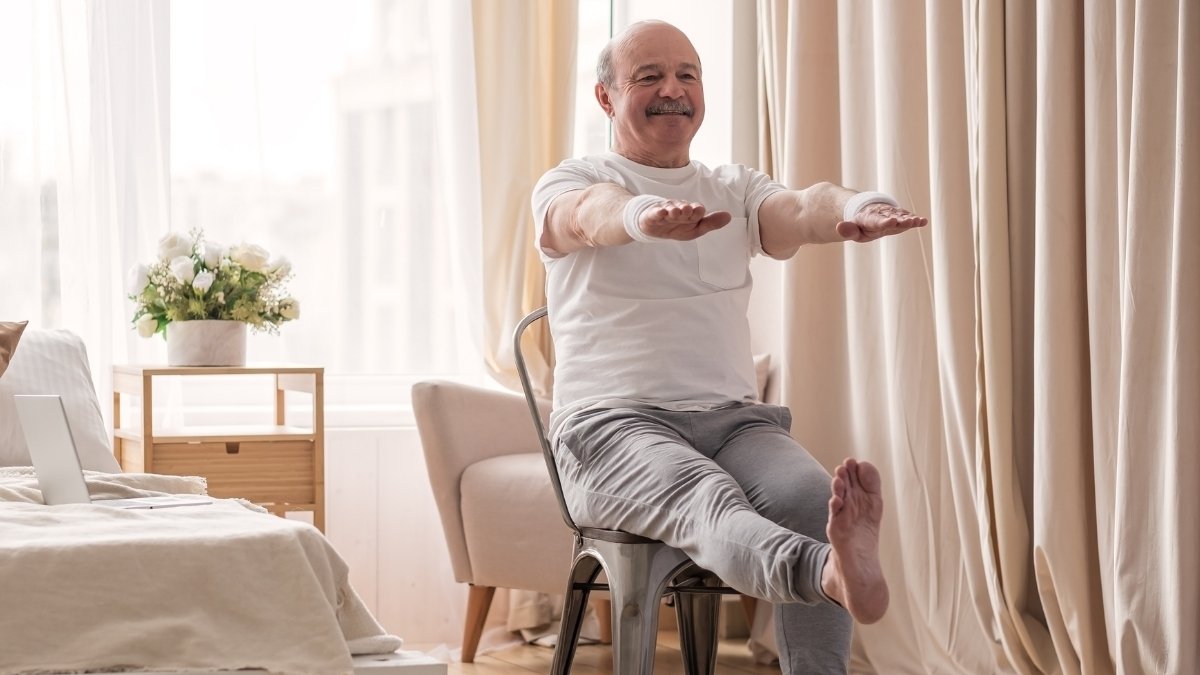
Chair workouts accommodate various mobility levels and physical conditions. They can be performed anywhere with minimal equipment. This approach proves that something is always better than nothing. Consistency matters more than intensity when building sustainable fitness habits.
Tips:
- How to perform: Sit tall in a sturdy chair and perform seated marching, lifting knees alternately for 30 seconds
- Upper body focus: Use light weights or water bottles for seated arm exercises like shoulder presses and bicep curls
- Flexibility maintenance: Perform seated spinal twists and ankle circles to maintain joint mobility
The Sustainable Lifestyle Approach
Fitness becomes effortless when integrated into daily life. Your neighbor doesn’t exercise; she lives actively. This mindset shift transforms temporary efforts into permanent habits. Lifestyle changes last longer than fitness programs with end dates. Daily activities become opportunities for movement and strength building.
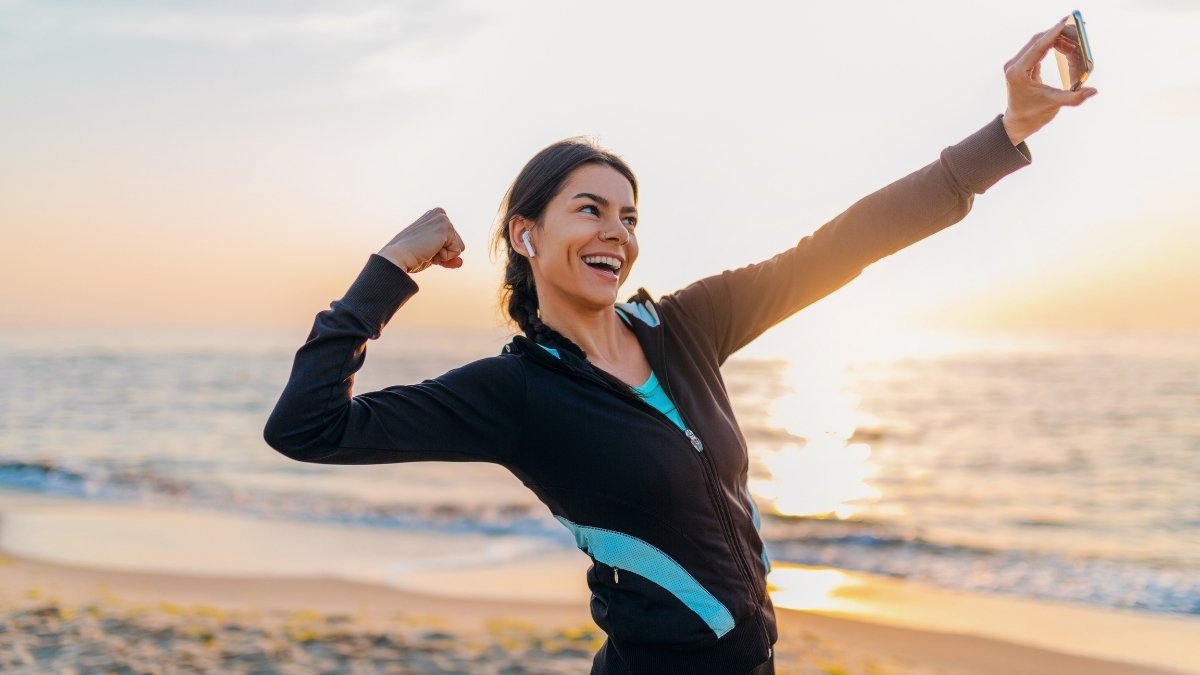
Sustainable approaches adapt to life changes, injuries, and aging. They focus on consistency over intensity, progress over perfection. This philosophy creates fitness that enhances life rather than dominating it. Long-term success comes from viewing health as a lifelong journey, not a destination.
Tips:
- How to perform: Replace one sedentary activity daily with active alternatives like walking meetings or standing desks
- Habit stacking: Attach new fitness habits to existing routines like doing calf raises while cooking
- Flexibility planning: Develop backup exercise options for busy days, bad weather, or travel situations
General Tips for your “Slow Fitness” Hack:
- Consistency beats intensity – A daily 20-minute walk outperforms sporadic 2-hour gym sessions over time.
- Balance prevents falls – Practice standing on one foot for 30 seconds daily to improve stability and coordination.
- Sleep builds muscle – Aim for 7-8 hours nightly as muscle growth and recovery happen during rest, not workouts.
- Water protects joints – Swimming reduces body weight impact by 90% while engaging 85% of your muscles.
- Compound movements rule – Focus on exercises that use multiple joints like squats instead of single-muscle isolation exercises.
- Flexibility decreases 1% yearly – Maintain mobility through daily stretching to prevent age-related stiffness and injury.
- Accountability increases success by 95% – Find a workout partner or join group activities for consistent motivation.
- Bands build functional strength – Use resistance bands for variable tension that machines cannot provide safely.
‘The Consistency Advantage’
Older adults who stay fit typically established exercise habits decades ago and maintained them consistently. While younger people often pursue intense, sporadic workouts, older adults focus on sustainable, regular movement. This consistency compounds over time, creating superior cardiovascular health, bone density, and muscle maintenance.
- Progress slowly to last longer – Increase workout intensity by only 5-10% weekly to avoid burnout and injury.
- Nature makes cardio enjoyable – Hiking burns 300-500 calories hourly without feeling like traditional exercise.
- Stress blocks muscle growth – Practice daily breathing exercises to lower cortisol and improve fitness results.
- Bodyweight trumps machines – Push-ups, squats, and planks build real-world strength that transfers to daily activities.
- Portions matter more than programs – Fill half your plate with vegetables and eat slowly for natural appetite control.
- Chair exercises count too – Seated workouts maintain strength and mobility regardless of physical limitations.
- Lifestyle beats programs – Integrate movement into daily routines rather than treating fitness as separate activities.
Lastly,
Your 60-year-old neighbor isn’t fitter by accident. She understands what many younger people have forgotten: sustainable wins over spectacular. Her daily walks, consistent sleep schedule, and patient approach to progress create results that flashy gym routines cannot match.
While you chase the latest fitness trends, she builds habits that compound over decades. Her secret isn’t superior genetics or endless time. It’s wisdom gained through experience and the understanding that small, consistent actions create extraordinary outcomes.
Stop looking for shortcuts and start embracing the slow fitness revolution. Your future self will thank you for choosing sustainability over intensity.

